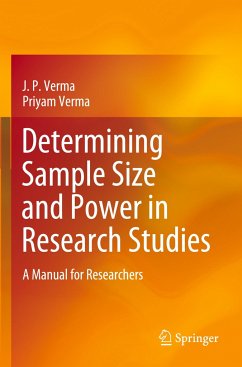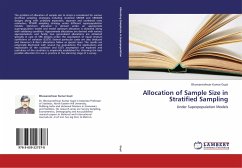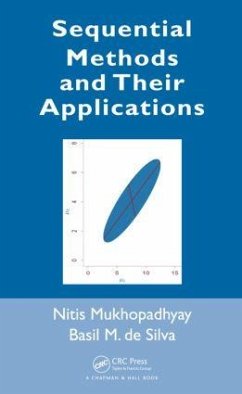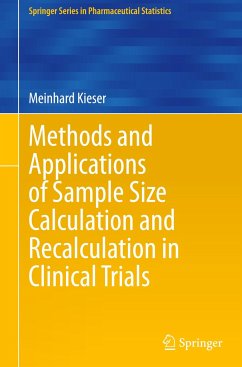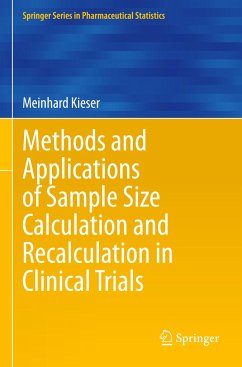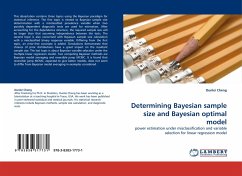
Determining Bayesian sample size and Bayesian optimal model
power estimation under misclassification and variable selection for linear regression model
Versandkostenfrei!
Versandfertig in 6-10 Tagen
32,99 €
inkl. MwSt.

PAYBACK Punkte
16 °P sammeln!
This dissertation contains three topics using the Bayesian paradigm for statistical inference. The first topic is related to Bayesian sample size determination with a misclassified prevalence variable when two possibly dependent diagnostic tests are used for estimation. After accounting for the dependence structure, the required sample size will be larger than that assuming independence between the tests. The second topic is also concerned with Bayesian sample size calculation with a misclassified binary response variable. Differing from the first topic, an error-free covariate is added. Simul...
This dissertation contains three topics using the Bayesian paradigm for statistical inference. The first topic is related to Bayesian sample size determination with a misclassified prevalence variable when two possibly dependent diagnostic tests are used for estimation. After accounting for the dependence structure, the required sample size will be larger than that assuming independence between the tests. The second topic is also concerned with Bayesian sample size calculation with a misclassified binary response variable. Differing from the first topic, an error-free covariate is added. Simulations demonstrate that choices of prior distributions have a great impact on the resultant sample size. The last topic is about Bayesian variable selection under the multiple linear regression model. Two competing Bayesian methods are Bayesian model averaging and reversible jump MCMC. It is found that reversible jump MCMC, expected to give better models, does not seem to differ from Bayesian model averaging in examples considered.




